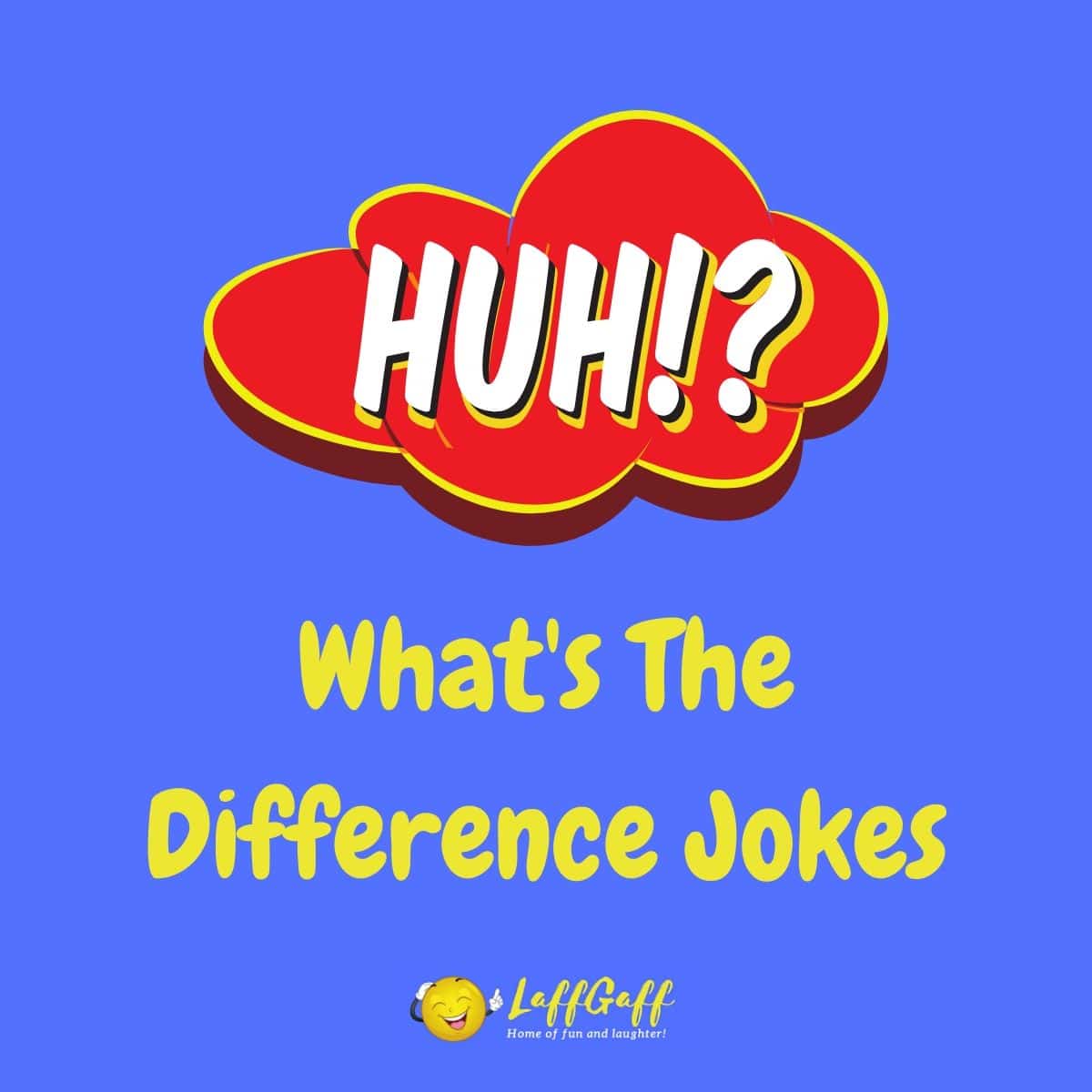Understanding The Nuances: What The Difference Between Jokes
Humor is an intricate part of human interaction, and jokes are a primary vehicle for conveying that humor. However, not all jokes are created equal, and understanding the nuances between different types can enhance your appreciation for comedy. From puns to observational humor, each form of joke brings its unique flavor and appeal. By diving into the various categories and styles of jokes, we can better understand what makes us laugh and why.
As we explore the spectrum of humor, it’s essential to recognize that jokes can be classified in many ways. Some rely on clever wordplay, while others may hinge on social commentary or absurdity. By dissecting these elements, we can pinpoint the differences that set each type apart. This article aims to answer the pressing question: what the difference between jokes really is and how these distinctions influence our laughter.
In the world of comedy, jokes serve as a bridge connecting us through shared experiences and emotions. The ability to evoke laughter is a powerful tool that transcends language and culture. As we navigate through the various forms of humor, we will uncover the mechanisms that make each type of joke unique and explore their impact on our daily lives. Join us on this journey as we unravel the complexities of humor and discover what the difference between jokes truly entails.
What Are the Main Types of Jokes?
Jokes can be categorized into several main types, each with distinct characteristics. Here’s a brief overview:
- Puns: Wordplay that exploits multiple meanings of a term or similar-sounding words.
- Observational Humor: Jokes based on everyday life and common experiences.
- Dark Humor: Humor that finds comedy in subjects typically considered serious or taboo.
- One-liners: Short and witty jokes delivered in a single sentence.
- Knock-Knock Jokes: A classic format involving a call-and-response structure.
What Is the Role of Timing in Jokes?
Timing is a critical element in delivering a joke effectively. The right pause or emphasis can make all the difference between a laugh and silence. Here are some key factors related to timing:
- Pauses: Strategic pauses create anticipation and allow the punchline to resonate.
- Rhythm: A smooth delivery keeps the audience engaged and enhances comedic effect.
- Emphasis: Highlighting certain words can add depth and surprise to the joke.
How Does Cultural Context Influence Jokes?
Cultural context plays a significant role in how jokes are received. What may be hilarious in one culture could be puzzling or offensive in another. Here are some aspects to consider:
- Language: Language barriers can affect wordplay and joke structure.
- Social Norms: Different cultures have varied sensitivities to topics, shaping what is considered funny.
- Shared Experiences: Inside jokes often rely on a common cultural background.
What Is the Difference Between Jokes and Humor?
While often used interchangeably, jokes and humor are not the same. Humor is a broader concept that encompasses various forms of amusement, while jokes are specific instances designed to elicit laughter. Here’s how they differ:
- Scope: Humor includes jokes, but also extends to stories, anecdotes, and situations.
- Delivery: Jokes require a setup and punchline, whereas humor can be spontaneous.
- Reaction: Humor can be appreciated without laughter, but jokes typically aim for a laugh.
What Makes a Joke Timeless?
Some jokes stand the test of time, remaining relevant and funny across generations. Here are a few elements that contribute to a joke's longevity:
- Universal Themes: Jokes that tap into shared human experiences are more likely to resonate.
- Relatability: The ability to connect with the audience helps sustain interest.
- Adaptability: Timeless jokes can be recontextualized to fit different situations.
How Can Understanding Joke Structure Improve Your Comedy Skills?
For aspiring comedians, grasping the structure of jokes is essential for crafting effective material. Here’s how understanding joke structure can enhance comedic skills:
- Setup and Punchline: Recognizing the importance of a strong setup leads to more impactful punchlines.
- Building Tension: Learning to build anticipation keeps the audience engaged.
- Experimentation: Knowledge of joke types allows for creative exploration and unique styles.
What Can We Learn from Famous Comedians About Joke Crafting?
Many successful comedians have honed their skills over years of practice. By studying their techniques, aspiring comics can learn valuable lessons in joke crafting:
- Observation: Great comedians often draw from their personal experiences and observations.
- Practice: Continuous performance allows comedians to refine their material and delivery.
- Feedback: Listening to audience reactions helps comedians adjust their jokes for maximum effect.
Conclusion: What the Difference Between Jokes Reveals About Us
Understanding the difference between jokes not only enhances our appreciation for humor but also sheds light on human interaction. The nuances of timing, cultural context, and structure reveal much about our social dynamics and shared experiences. Whether it’s a clever pun or a deep observational piece, each joke serves a purpose in bringing us closer together through laughter. So, the next time you hear a joke, consider what the difference between jokes tells you about the world around you—and enjoy the laughter that follows!
Unveiling Kat Timpf’s Wealth: A Deep Dive Into Her Net Worth
Unveiling The Life Of Paula Andrea Bongino
Unveiling The Life And Legacy Of Genie Exum


